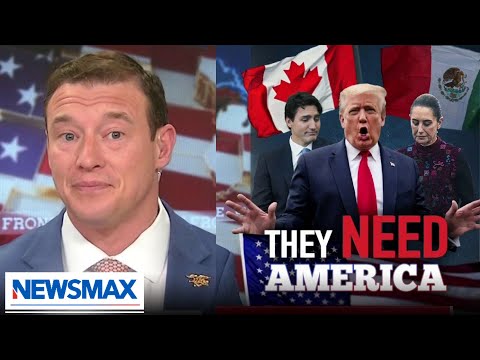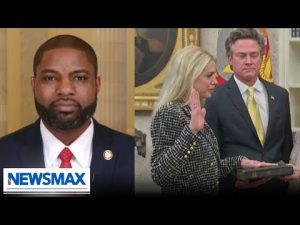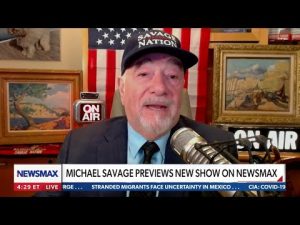In the ever-evolving world of international trade and diplomacy, sometimes it feels like America goes from being the prom queen to a punching bag. But recent developments suggest that with their new policies, the United States is stepping up and saying “enough is enough!” Under the leadership of Donald Trump, the U.S. is firmly establishing boundaries and taking back its role as a powerhouse on the global stage—especially when it comes to combating the flow of fentanyl.
Recently, Trump proposed tariffs to help stem the tide of this dangerous drug, with hefty levies of 25% on goods from Mexico and Canada, and 10% on China. This may sound like a traditional trade war, but rest assured, it’s more like setting the schoolyard bullies straight rather than an all-out brawl. In fact, the situation appears to be resolving nearly as quickly as it flared up. Just look at Mexico! With a swift response, the Mexican government committed 10,000 troops to the U.S. border, showcasing a willingness to cooperate, perhaps out of respect for the ongoing issues with the cartels that have plagued both countries.
And if one thought that Canada would remain untouched in this economic showdown, they were mistaken! It seems that Canada just received the wake-up call it needed. News broke that Canada is now pausing tariffs for 30 days while appointing a fentanyl czar and revving up their border security. They are going all out with new helicopters, technology, and personnel to combat organized crime and money laundering. Talk about taking charge! With a price tag of $1.3 billion for these new measures, one has to wonder why it took so long for them to step up their game.
While Canada’s Prime Minister may have been initially resistant, it’s clear that the numbers don’t lie, and Trudeau’s leadership faced pressure as the economy was about to take a nosedive. Surprisingly, the majority of Canadians live close to the U.S. border, and the interdependence of the two economies is real. The cold, hard truth is that Canada relies heavily on access to U.S. markets for a whopping 33% of its economic performance. Meanwhile, the U.S. exports hardly a mere fraction to Canada. So it’s safe to say that when it comes to economic negotiations, it’s a teacher giving a pop quiz to their students, and the students, in this case, clearly need to study a bit harder!
But let’s not forget the humor in these diplomatic engagements. Trudeau dramatically suggested that Canadians might want to reconsider vacations in America— as if a majority of Canadians could just turn around and go to their extensive range of national parks instead? One could laugh, considering the fact that 85% of Canada’s population resides within a short drive to the U.S. border! What will be next, a campaign for residents to take up snowshoeing instead of vacationing in sunny Florida? Good luck with that!
The stark contrast between the American and Canadian military budgets also underlines the reality of their relationship. While the U.S. reportedly spent around $900 billion on military spending, Canada spent a meager $30 billion in comparison. There’s a clear understanding that the U.S. protects its neighbors, which allows Canada to maintain a variety of expansive, social programs while relying upon the shield America provides. The implications of this protection can’t be understated, and were obviously in play during the recent negotiations.
As America flexes its muscles and sets clear expectations, it’s only a matter of time before those in power across the globe recognize that cooperation—especially when tackling issues like drug trafficking— should be a priority. In the grand scheme of things, the U.S. is reinforcing its stance as a leader, and maybe, just maybe, a little friendly pressure will ensure that the world understands who the big brother really is. Fasten your seatbelts, folks; with this kind of proactive diplomacy, we’re in for a bumpy yet entertaining ride!



